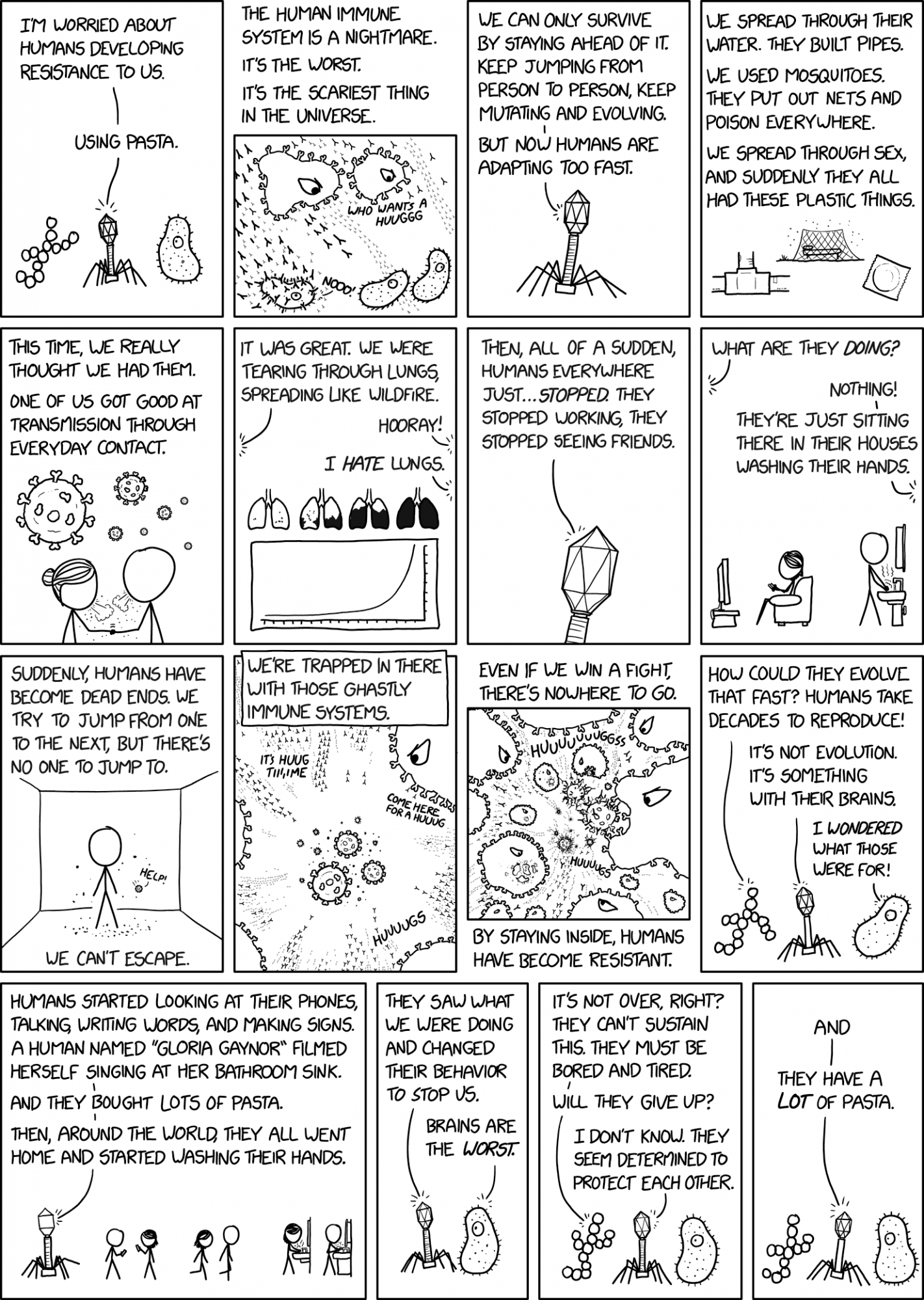
It’s been almost 2 weeks since the last update, and it has been nice to tone down the obsessive reading about the virus. I limit myself to a couple minutes per day. My basic routine is:
- Hit the home page of a local TV station. If there isn’t anything new on that initial screen, close it and move on.
- Visit the excellent page of graphs and scroll through to see how/if things are changing, especially for Washington.
It’s wonderful to see that some countries are actually peaking. I don’t believe any of the data coming out of China, but even ignoring them, but even ignoring them, countries like Australia, Taiwan and maybe even Italy are starting to actually have fewer new cases each day than the day before.
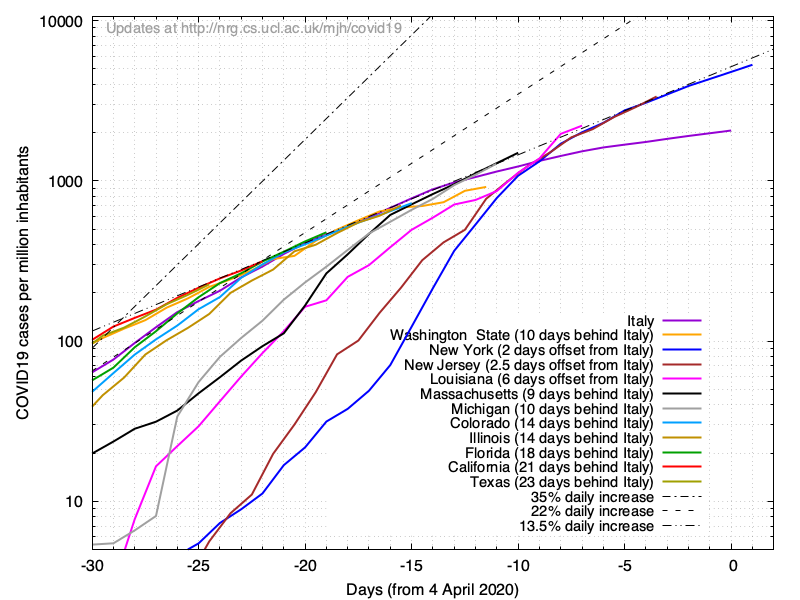
In most other places, we’re just happy to be seeing the rate of acceleration slow. That means we’re still getting more cases per day than the day before so the worst is yet to come, but those logarithmic curves are bending down closer and closer to horizontal and having the same number of new cases tomorrow as we did today is the first big milestone. From there we can watch the number of new cases each day decrease until finally, the total number of people with COVID-19 is less than it was the day before.
I think that is still quite a ways off. Anytime someone tells me a date of when a particular restriction is going to be lifted, I wonder why anybody even puts out those dates. It feels unlikely that any of them are correct. Weeks ago my company said, “There’s no end date. We’ll tell you when there is one.” That feels more reasonable at this point than saying the lockdown is over in X weeks.
I continue to wonder what will happen to schools. There are so many ideas floating around and none of them are good. Some states have already said there will be no more school after the scheduled end of the year. I can see how that might work for older students who are getting a reasonable online education, but what about my first grader? Despite having a trained teacher staying home tutoring an only child, there’s no way he’s learning as much as he would be at school, especially when a lot of that learning centers around social skills. We’re working hard and doing our best, but will they really just bump him up to second grade? Tyla and I are thankful that we didn’t hold him back a year when he started because that will leave the possibility open for that down the road if needed. I think one outcome of this whole experience will be an almost complete removal of the stigma surrounding repeating a grade. That’s going to be so much more common than it was when I was growing up.
Personally, I’m getting in to the groove of working from home, but this is probably the busiest I’ve ever been since taking this job. Cloud computing is booming and with supply chains disrupted, work is… challenging. As if that wasn’t enough, I’m also putting in a lot of hours helping our church to get services online. Pastor and Dave, our main organist, are doing a great job getting me recordings, but my evenings are spent at the same computer where my days are spent so I can edit everything together. It’s all important work and I know people are thankful, but it’s all so draining physically, emotionally and mentally. On Wednesday of last week, I realized I hadn’t been outside (except to put up the flag or take out the trash) since Sunday. Since then I’ve abandoned my post over lunch, left the phone in the house, and gone for a walk. And oh yeah, my family needs extra attention and time through this too!
When I do get a few minutes of free time, I feel like I should be spending it on work, church or family. But if I do talk to friends, watch my favorite YouTube creators or listen to podcasts, it feels like a never-ending stream of “I have so much time.” I know that everyone has their own challenges and the grass is always greener on the other side, but the idea of having an entire day (much less multiple weeks) with no responsibilities feels like the Shangri-La to me. If you are in that position, don’t squander your time! Don’t blow it watching Netflix all day. This is an amazing opportunity and if I can’t have it, I can at least enjoy seeing you be productive. It would feel so amazing to spend a couple days out in the garage working on that dresser project which is taking me so long.
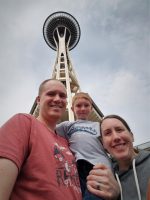
As a family we’ve totally cut ourselves off from outside contact except for groceries and occasional food deliveries. We took a family “adventure” on Saturday which amounted to driving around. We drove through the new tunnel under Seattle. I’ve always wondered what it would look like to drive through four billion dollars. Now I know. We continued our tour around the Space Needle where we parked right in front and hopped out for a quick photo. We wrapped it up by driving down the main drag at Pike Place Market. That’s an impossible feat on a normal Saturday. It’s a measure of Elijah’s boredom that he thought this long car ride to nowhere was exciting.
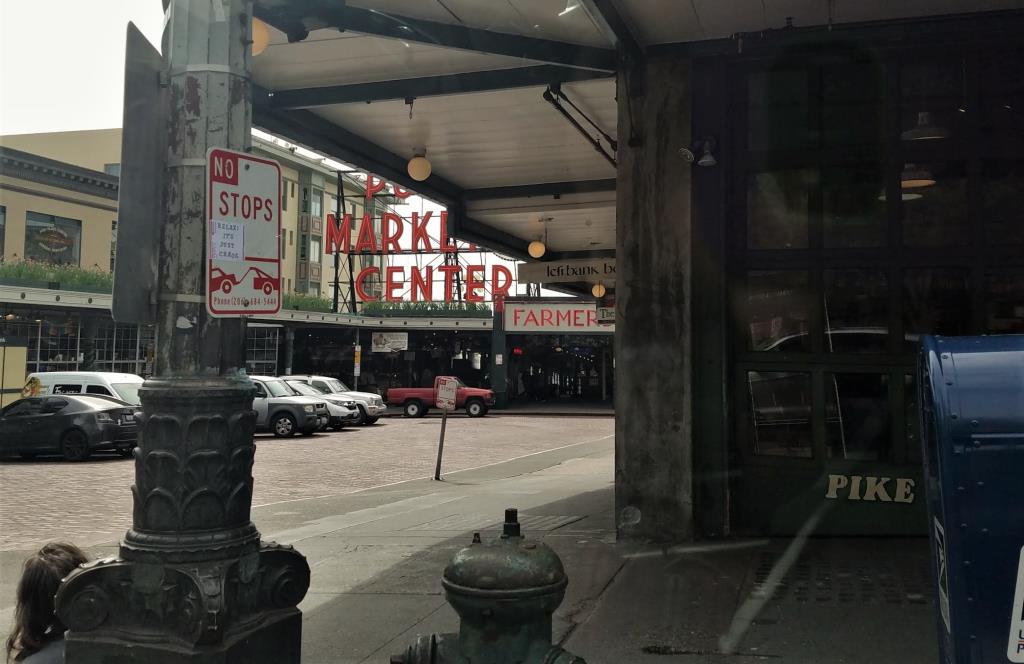
Speaking of Elijah, he’s handling this all pretty well. He, like of all of us, has his moments where it all feels like too much, but overall I give him a thankful thumbs up. It’s especially hard for him when he sees other families who are interpreting the lockdown differently than we are. I try to let him feel that frustration but treat those as teachable moments. (If you’re a parent, this is a great 5 minute watch.) But in the back of my mind, I do wonder if we’re drawing our own boundaries correctly. However, deep down I still believe that if we all suck it up and cut off contact, we’ll be back to normal sooner than if we do this halfway. It would be different if you had symptoms as soon as you were contagious, but any one of us could have it right now and not know it so having contact with other people feels irresponsible.
In the end, my bar is “If everyone did this, would it be ok?” You can twist that in lots of ways to make anything seem permissible or not, but when viewed honestly and for lack of anything better, it feels like a reasonable starting point.
As I struggle to live up to my responsibilities as a Christian, husband, father, employee and church AV geek, I constantly have to remind myself that I’m not doing this alone. Yes, I have my family to support me, but more importantly, God is here with me. He’s guiding me through all of this and I’ll come out better for it having experienced it.
Psalm 50:15 Call upon me in the day of trouble; I will deliver you, and you will honor me.

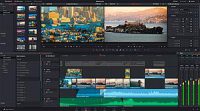

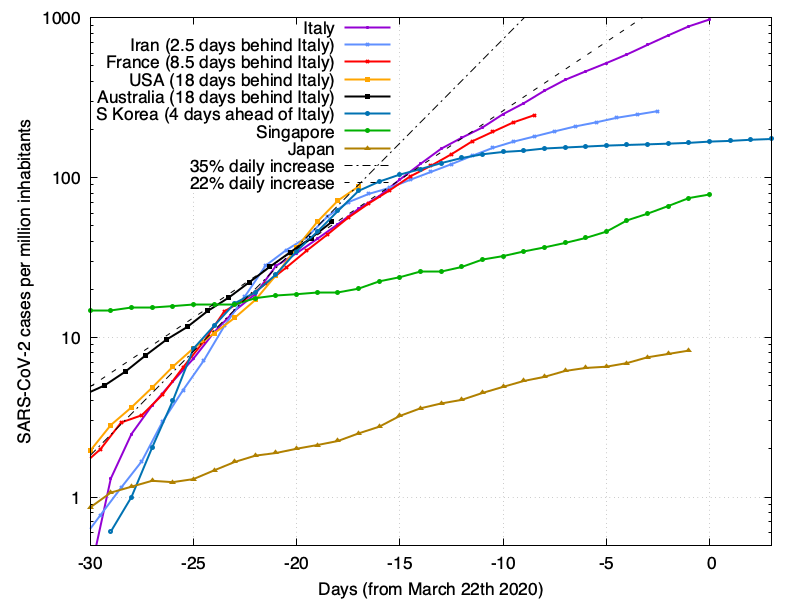
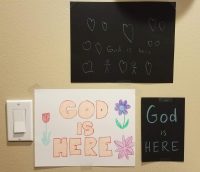
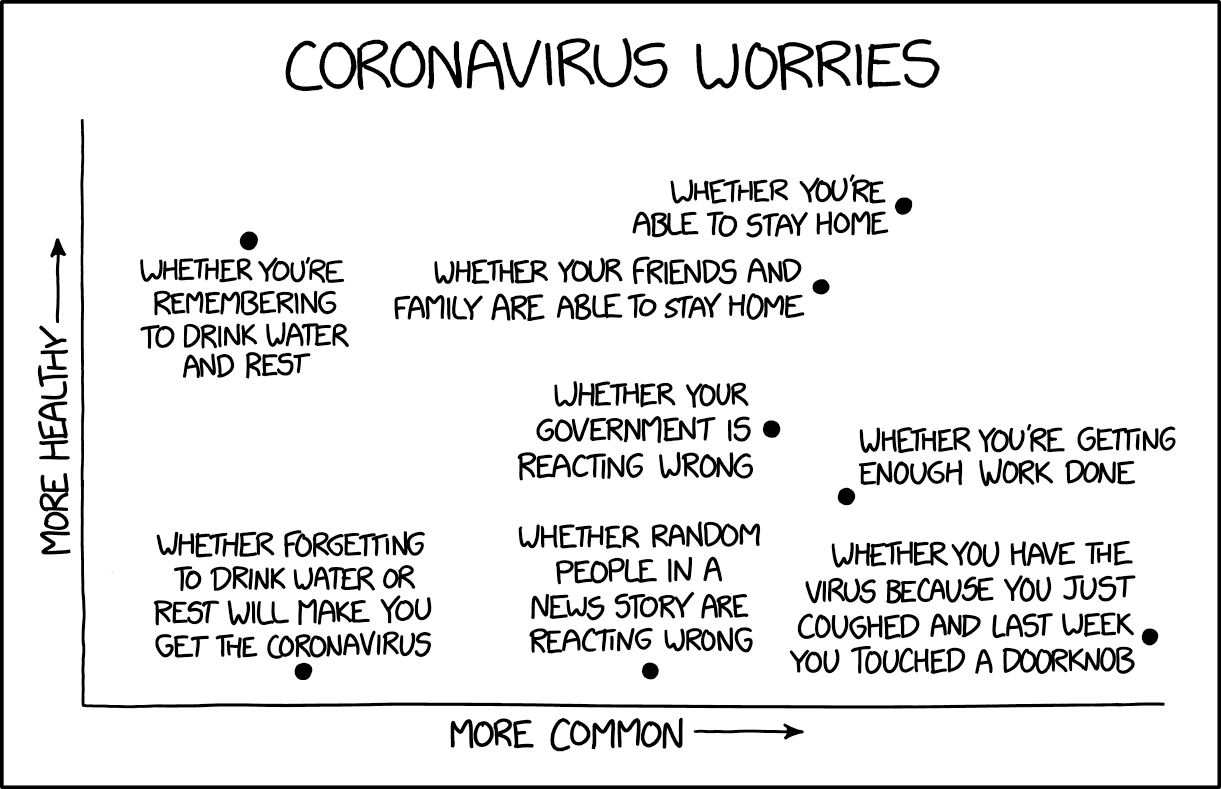
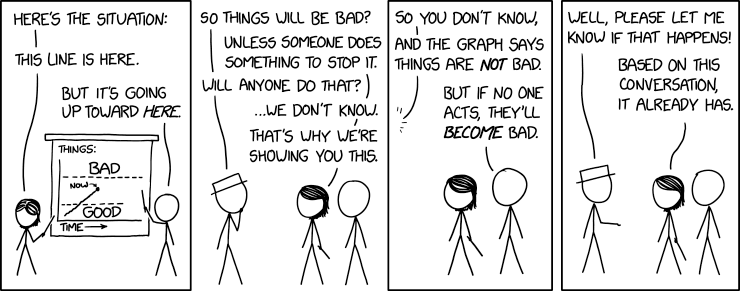


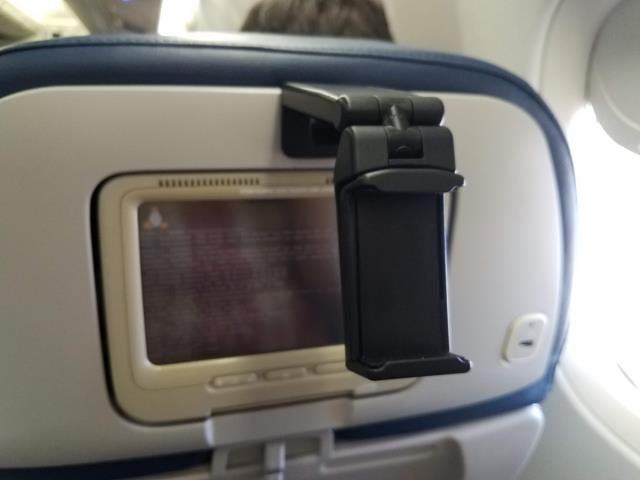
COVID-19: Part 7
I’ve been working from home for over a month now and schools have been closed almost as long. Let’s start of with great news: IT IS WORKING. While there are hot spots where the hospitals are overrun (e.g. New York and New Jersey) the curves are starting to flatten and in some states we’re even seeing the total number of cases decrease. Washington was one of the first states to notice the outbreak and we’re leading the charge on the downslope too. It looks like we hit peek hospital usage around April 5.
Now that there is a glimmer of hope, people are starting to think about when we can lift the bans. Short summary: don’t hold your breath.
Let’s look at the data. We just peaking now. We’re roughly halfway through this. My new favorite data site (in addition to this one) is Institute for Health Metrics and Evaluation site. Their data can be viewed by lots of different areas and it shows how counts are increasing and decreasing relative to the available ICU and standard hospital beds. It also does a good job of describing the uncertainty in the forecast models. But it generally looks like by early to mid-May, states might see their first days of no deaths from the virus.
So we can crank up the baseball season? Nope, at least not with crowds attending. Those models assume that everyone stays in lockdown. At this point, there’s nothing to stop this from starting up all over again. Until we have tests that work very soon after you get infected, give quick answers, are cheap to purchase and can be manufactured by the millions/billions, we will be keeping some form of restrictions. If a vaccine gets developed in 18 months, it will be the fastest vaccine ever completed. Then we have to manufacture lots of the vaccine, get it to everyone, etc. And remember we’re only talking about the first world here. What about the third world countries where staying home and not working means that you and your family starve?
Washington leaders are talking to various sectors of the economy about what it might look like to relax restrictions so those talks are starting to filter out to the public through word of mouth. Obviously these are early talks transmitted by word of mouth so the reliability is low, but I’ve heard from multiple people that it’s possible we won’t be eating together in a restaurant for another year.
If you doubt the legitimacy of that, look at some summer events like the Marymoor beer festival. That’s postponed indefinitely. And check out the news from Microsoft saying they have converted every in-person event/conference into an online-only event through July 2021 with a note that they might push beyond that. That’s not a typo. 2021.
Will we be working from home that long? Will kids be schooling from home in the fall? My gut says no, but even if schools re-open in the fall, they’re going to need some very strict measures in place. In some schools you have to walk through a metal detector to get in, but maybe now you’ll also need to be tested or at least have your temperature checked. Life is not going to be “normal” for a long time.
Luckily for all of us, this is an election year. So science and math will get politicized and ripped apart by both sides until it’s only very loosely related to the original evidence. We’ll get to hear both sides screaming at each other about how they did or didn’t do the wrong thing at the wrong time. Yay. I’m sure that will be helpful.
Maybe I’m way off base, but as we start to start coming down from the peak, I hope they start getting the message out to the public about what the changes will look like. It’s good for people to get excited and see that their efforts are working, but I do think there are a lot of misconceptions about how this is going to play out.
Until we know more, stay home. Don’t have contact with anyone other than people you live with. The only reason the numbers didn’t immediately stop after 2 weeks of lock down is because people are still having contact. Obviously there are some essential workers and we all need to get food, but there is plenty of unnecessary contact still happening. Stay home. Let’s end this together and then we can figure out how to keep it from flaring up again.